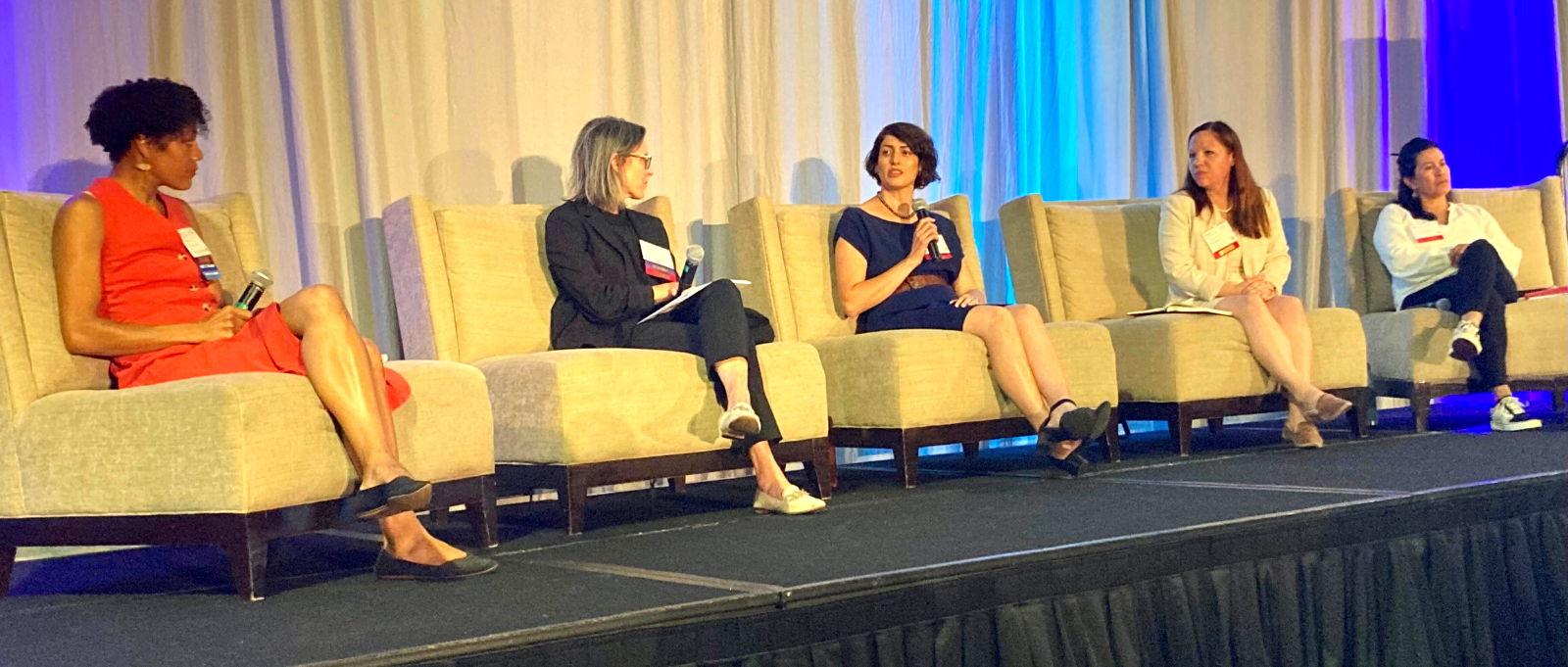August 30, 2023
Topic
As July turned to August, over 700 visionary leaders from a variety of sectors and disciplines assembled in Pomona for the 2023 California Adaptation Forum (CAF). At this first in-person CAF in five years, the energy and collaborative spirit were palpable as ideas and experiences were exchanged.
Convened by CivicWell and the Governor’s Office of Planning and Research, CAF has always been a diverse gathering with leaders from local, regional, state, and federal agencies; community-based organizations and nonprofits; Tribal Nations and Native-led organizations; academic institutions and researchers; technical experts; private sector leaders; students; and thought leaders. And at this year’s event, attendees brought their cross-sector expertise to explorations around how best to meet this unique moment marked by increasingly extreme weather events, historic levels of infrastructure investment, widespread challenges and opportunities around green workforce development, and a deepened understanding of how resilience and equity are intertwined.
CivicWell CEO Bernadette Austin spoke to this inflection point in her opening remarks.

“These pivotal times with historic levels of public, private, and philanthropic investment call for a paradigm shift. Sometimes we need to zoom in and concentrate on the urgent and tangible impacts that require immediate interventions. Other times, we need to zoom out and think big picture, across the jurisdictional and other boundaries that keep us in our silos. And perhaps most importantly, we need to center our focus on the perspectives of those communities that have faced generations of underinvestment and disinvestment, which are often those very same communities impacted first and worst by climate crises.”
Bernadette Austin
CEO, CivicWell
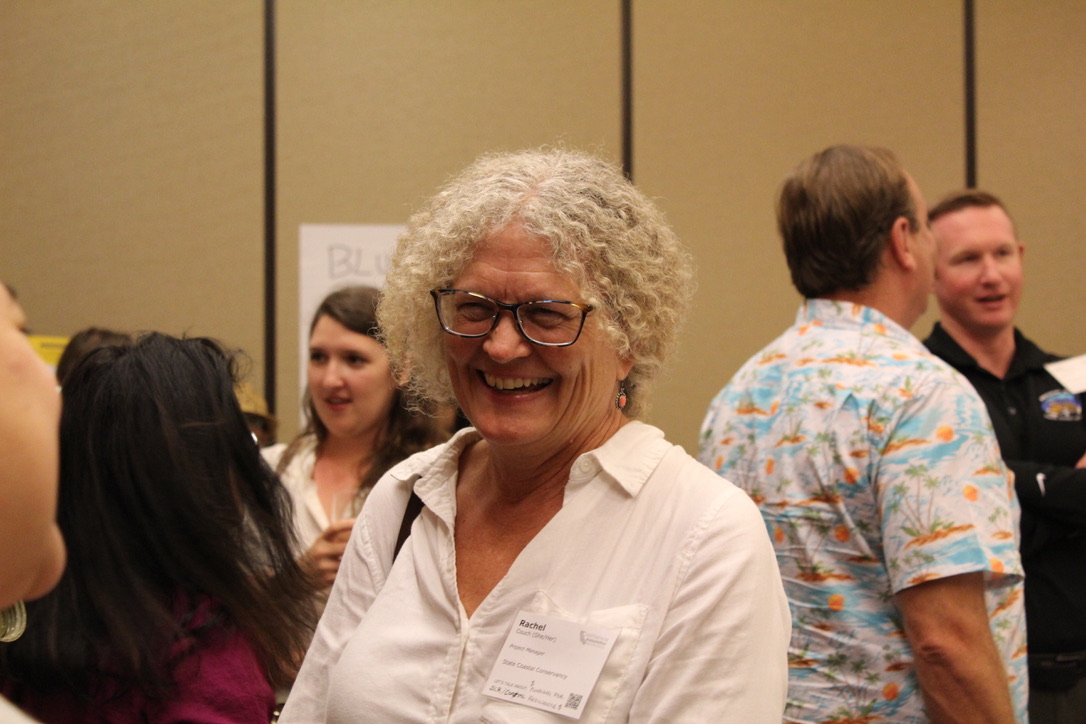
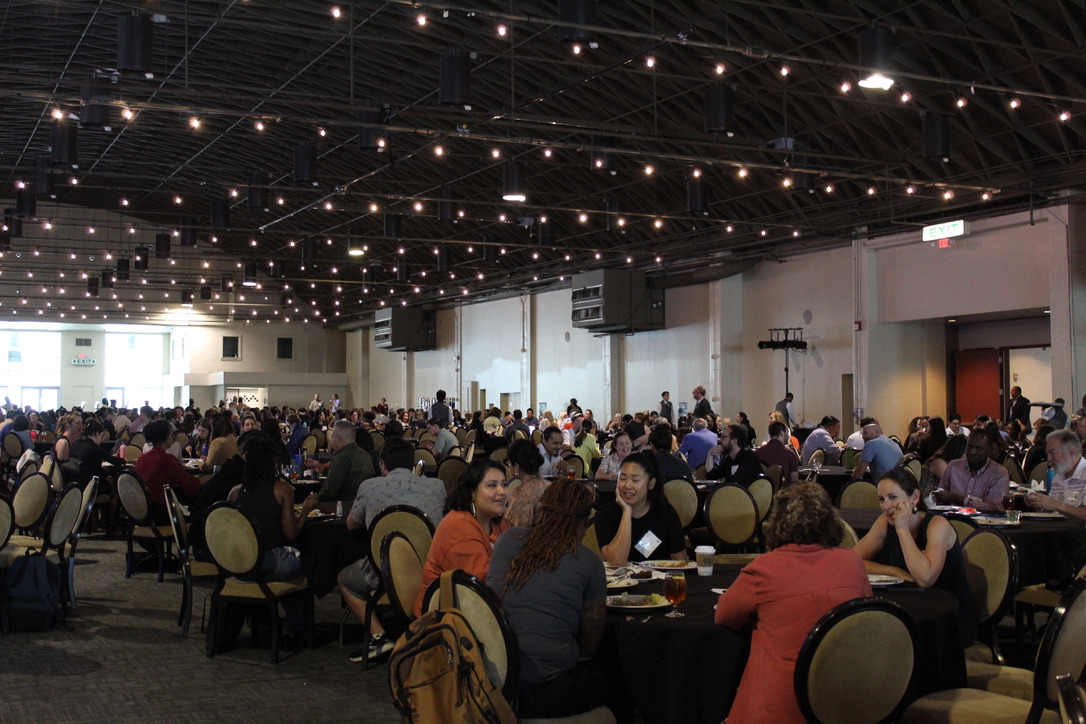
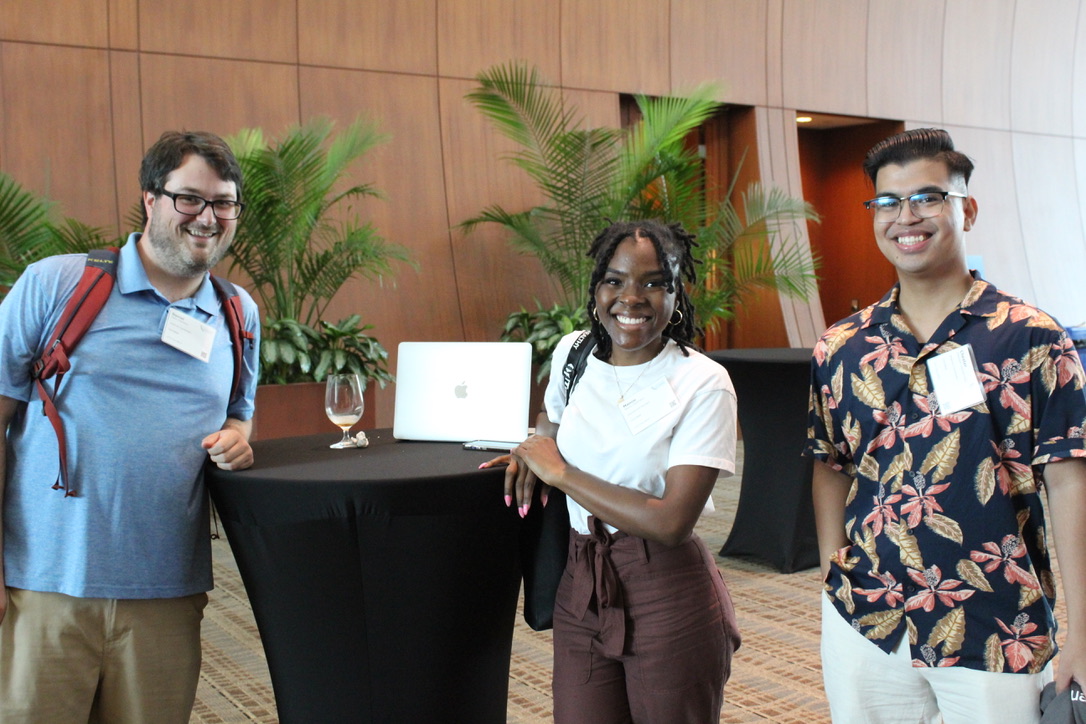


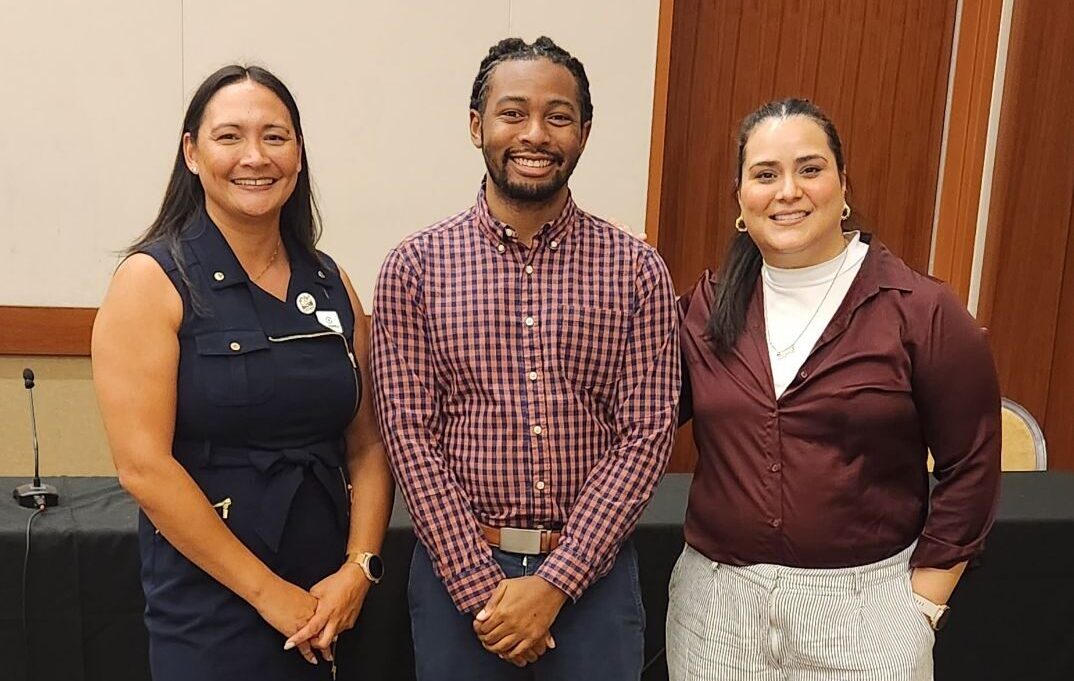
After a welcome from OPR Director Samuel Assefa and Pomona Mayor Tim Sandoval, the opening plenary spotlighted the work of local and regional leaders in Greater Los Angeles and Inland Southern California in partnering to transition from adaptation planning to implementation and create a supportive environment for sustained action. Moderator Jonathan Parfrey, Executive Director of Climate Resolve, led a lively discussion highlighting initiatives and collaborations happening in the Forum’s host region.
The program offered nine tracks featuring a total of 63 programs. The tracks and sessions were selected and guided by a cross-sector, multi-disciplinary Advisory Committee with members from across the state. The program tracks included:
Actionable Science: Traditional Ecological Knowledge, Community Science, and New Climate Research, Models, and Tools
Critical Infrastructure: Resilient Systems for Built Environments, Natural and Working Lands, and Social Cohesion
It Takes a Village: Multi-Sector, Multi-Jurisdictional, and Multi-Disciplinary Collaboratives, Initiatives, and Partnerships
Marrying Movements: Bridging Climate Resilience with Parallel Climate-Supportive Movements
People Power: Capacity Building, Community Empowerment, and Workforce Development
Place-Based Projects: Localized Solutions for Community Resilience
Resources for Resilience: Public, Private, Philanthropic, and Community-Led Funding and Financing Mechanisms
Systems Change: Transformative and Adaptive Structures, Policies, and Practices
Tried and True: Adaptation Success Stories and Replicable Resilience Strategies

“Adaptation is a collaborative sport. We must think about the workforce in integrity with the necessary skills and supports. We have to look at the three pillars of vision, capacity, and funding.”
Shalini Vajjhala
Executive Director of PRE Collective, CEO of re:focus partners


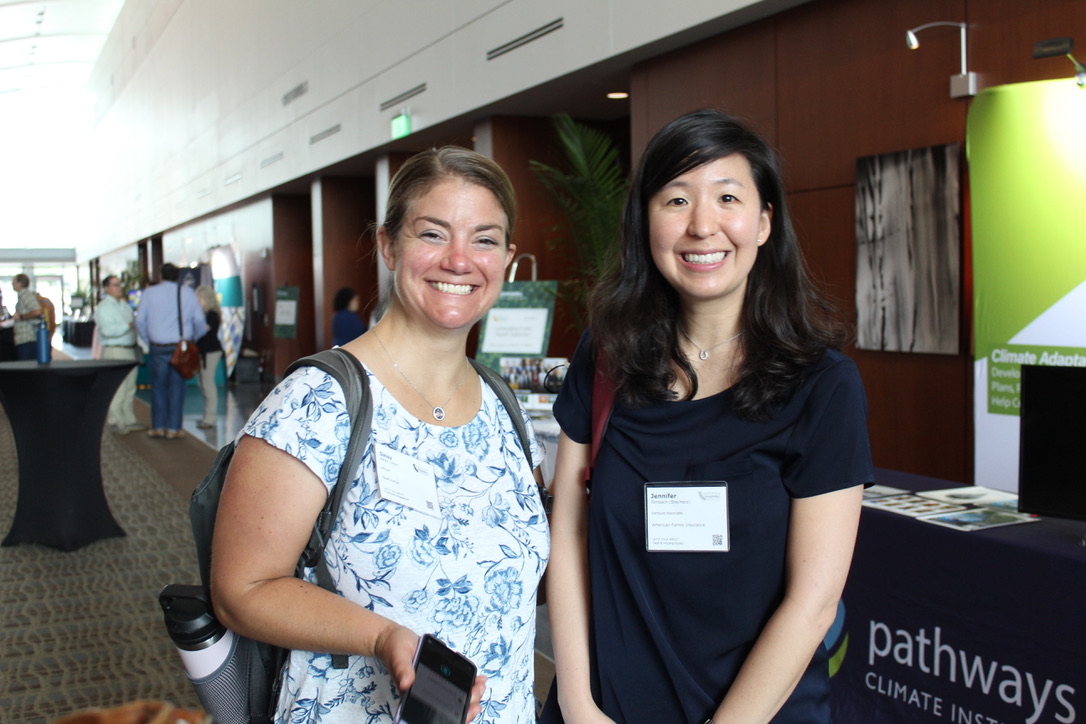
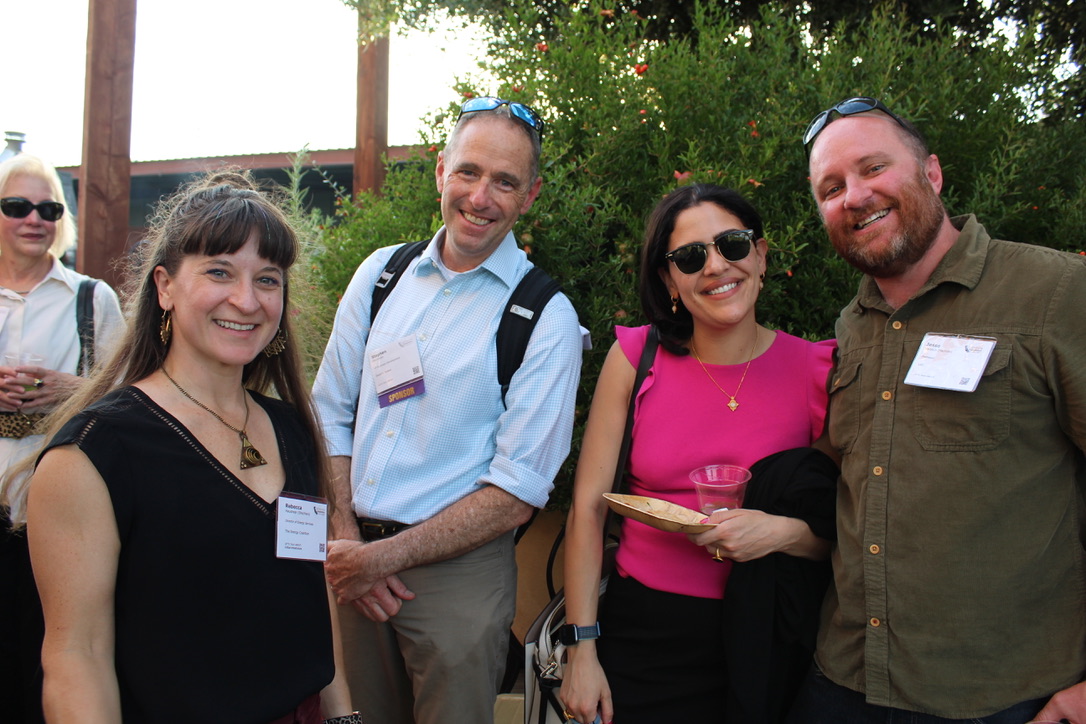
Throughout the three days of CAF, sessions and plenaries stressed the themes of equity, investment, workforce development, and collaboration. All these elements are crucial for maximizing the impact of new funding, bridging capacity and funding gaps, and building the resources to sustain climate adaptation into the future.
At a session on Land Repurposing for Socioenvironmental Justice, presenters explored strategic cropland repurposing in the San Joaquin Valley and the necessity of creating a buffer between communities and agricultural land to reduce pesticide exposure and other harms, while simultaneously bringing in new economic activities and land uses with benefits to the local economy, habitat, industry, and green spaces. The session’s speakers Angel Santiago Fernandez-Bou from the Union of Concerned Scientists, Nataly Escobedo Garcia of Leadership Counsel for Justice and Accountability, Anna Gurevitz from SocioEnvironmental and Education Network, and José Armando Munguia of Allensworth Progressive Association also discussed Just Land Transition—a set of vision-led processes and practices to help shift from an extractive economy to a regenerative economy centering the needs of those most impacted—and ways to involve community members in monitoring of nitrate levels in the local water.

“Equity in process means looking at who is at the table identifying the benefits they want to see from programs. Childcare, interpretation and translation, and technical assistance are necessary so that communities can participate and say, ‘These are the benefits I want to see.’”
Mary Collins
Senior Advisor for Climate and Economy, Governor’s Office of Planning and Research
Harmonizing Coolness, a session on community greening and reflective surfaces, looked at how local communities are using a combination of nature-based solutions and innovative technologies to adapt to extreme heat. Melanie Paola Torres, a community organizer with the environmental justice nonprofit Pacoima Beautiful, detailed the benefits she has seen from these strategies including increased public use of parks and even basketballs lasting longer. Amanda Hansen of the California Natural Resources Agency and Braden Kay from OPR delved into the financial investments being made in this area and strategies for building a workforce pipeline for urban forestry and local heat action planning.

“When we think of a green economy, we are also thinking of an inclusive, intersectional, and anti-racist economy.”
Jeffery T. D. Wallace
President and CEO, LeadersUp




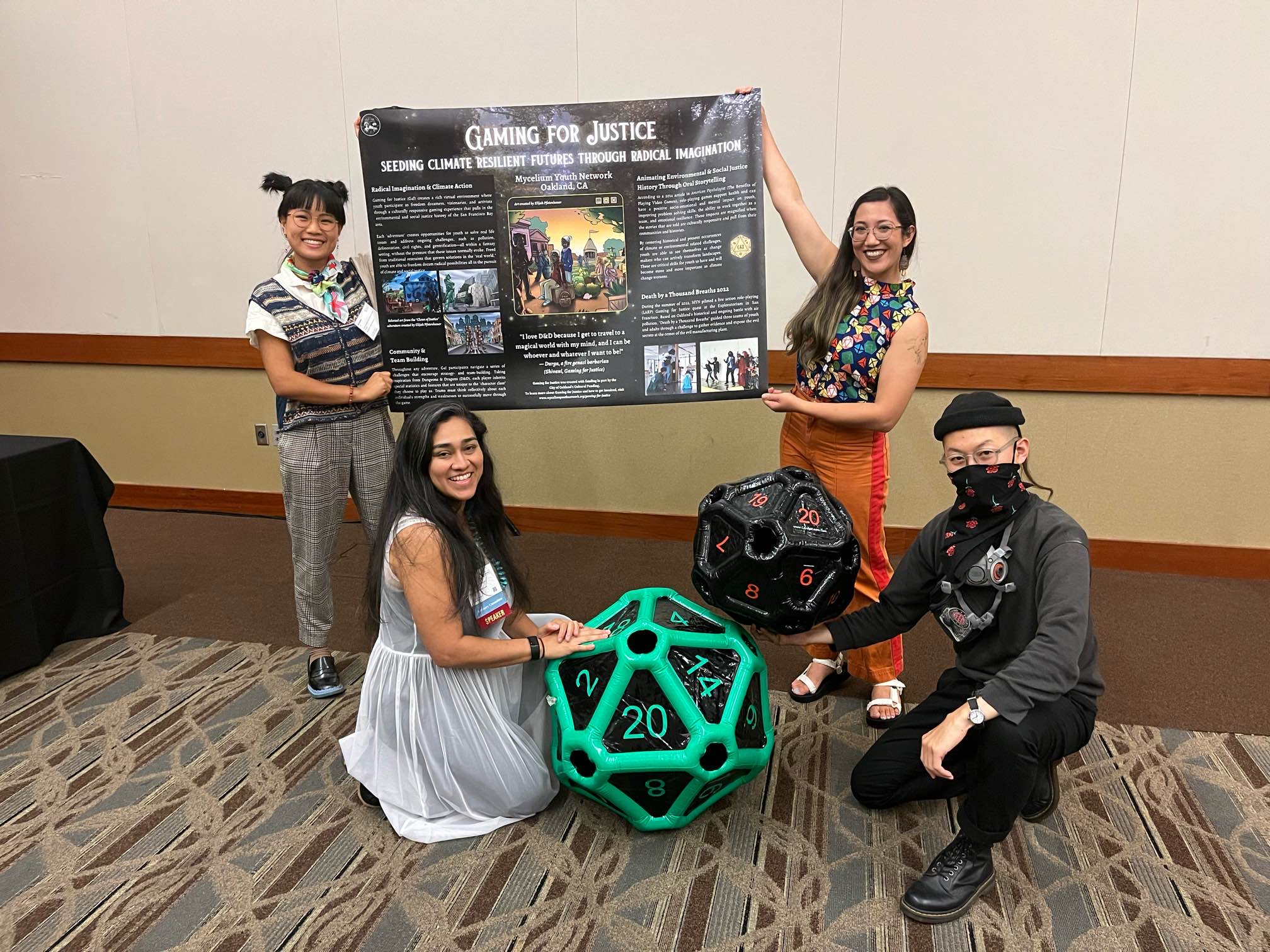
Photo by Amber Lee
Young leaders played a major role at CAF. Young changemakers led groundbreaking sessions including two on the intersection of gaming and environmental justice visioning that explored how roleplay games can educate youth on climate issues while imagining and realizing an ideal future.
The conference closed with a thought-provoking dialogue featuring two Gen Z climate leaders that emphasized the importance of intergenerational collaboration and the critical role young leaders play in shaping an inclusive and equitable climate agenda. The closing plenary culminated in a moving spoken work performance featuring an original piece that served as an urgent call to action by the next generation of climate activists to all those present.
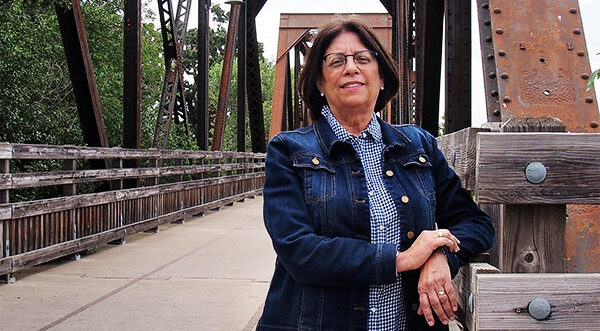
Policy Corner
A Legislative Battle Over Local Taxes and Bonds
Under existing law, local taxes for a specified purpose must be approved by a two-thirds vote of the electorate. A similar requirement applies to local bond measures. The only exception to this requirement allows local bonds for schools to be passed by 55% or more of the electorate.
The higher threshold for local taxes and non-school bonds means that even measures that are very popular do not succeed. For example, from 2016 to 2018, six local general obligation bonds for infrastructure and affordable housing surpassed 61% support but still failed because they did not receive a two-thirds majority vote. Similarly, seven special tax measures during the same period for the same types of purposes obtained a favorable vote exceeding 60% but nonetheless failed for the same reason. By comparison, about 80% of local school bond measures, subject to a 55% majority requirement, have passed in the last decade.
The two-thirds majority requirement means, in effect, that one-third plus one of the voters can dictate to the remainder of the community whether money can be raised for public investments such as affordable housing and public infrastructure. Some have termed this supermajority requirement “tyranny of the minority.”
ACA 1 by Assemblymember Cecilia Aguiar-Curry would, if adopted by the Legislature and approved by the voters next year, conform the voter majority threshold for local tax and bond measures for affordable housing, permanent supportive housing, and public infrastructure to the same standard as local school bond measures. That is, a 55% majority vote would be required to pass such measures rather than a two-thirds majority vote.
Supporters including public safety organizations, construction trade unions, local governments, and affordable housing advocates, among others, argue that this proposed change to the state Constitution would come closer to reflecting the principle of majority rule while still requiring a supermajority to pass financial obligations. Opponents—which include major business organizations such as the California Association of Realtors and the California Retailers Association, and taxpayer groups—claim the bill would lead to higher prices and less affordability of housing and goods.
Interestingly, at the same time that opponents of ACA 1 decry the threat they believe the bill presents, they have already qualified an initiative to go on the ballot next year that would amend the state Constitution to make it even more difficult for local governments to raise funds for needed municipal investments. The initiative would require that any increase in state taxes would have to pass the Legislature by a two-thirds majority (as currently needed) and be approved by a majority of the voters (which is not currently mandated). It would also require all local tax and bond measures to pass by a two-thirds majority of the electorate, unlike the current threshold which is a simple majority for general tax measures or citizen initiatives to raise taxes. In addition, the initiative’s backers would reclassify many local fees as taxes, even further financially hamstringing local governments.
Given the significant threat posed by this initiative, Democrats in the Legislature and local government supporters have responded by introducing the proposed constitutional amendment ACA 13 by Assemblymember Chris Ward. ACA 13 would specify that any amendment to the Constitution which would increase the supermajority vote of the electorate required to approve any state or local measure—including increasing taxes or selling bonds—would have to pass by the same supermajority as it would impose for the state or local measure increase. It would mean that a two-thirds majority favorable vote by the electorate would be required in order for the initiative of the business organizations and taxpayer groups to prevail. Proponents of ACA 13 argue that such a requirement would only be fair, unlike current circumstances which allow a simple majority of voters to impose supermajority thresholds on voters.
As these efforts illustrate, the battle continues as it has since the passage of Proposition 13 in 1978 between those who believe a majority of the voters should be able to determine the financial obligations of the public to fund the operations and investments of public entities, and those who believe a minority of the voters should have control.





